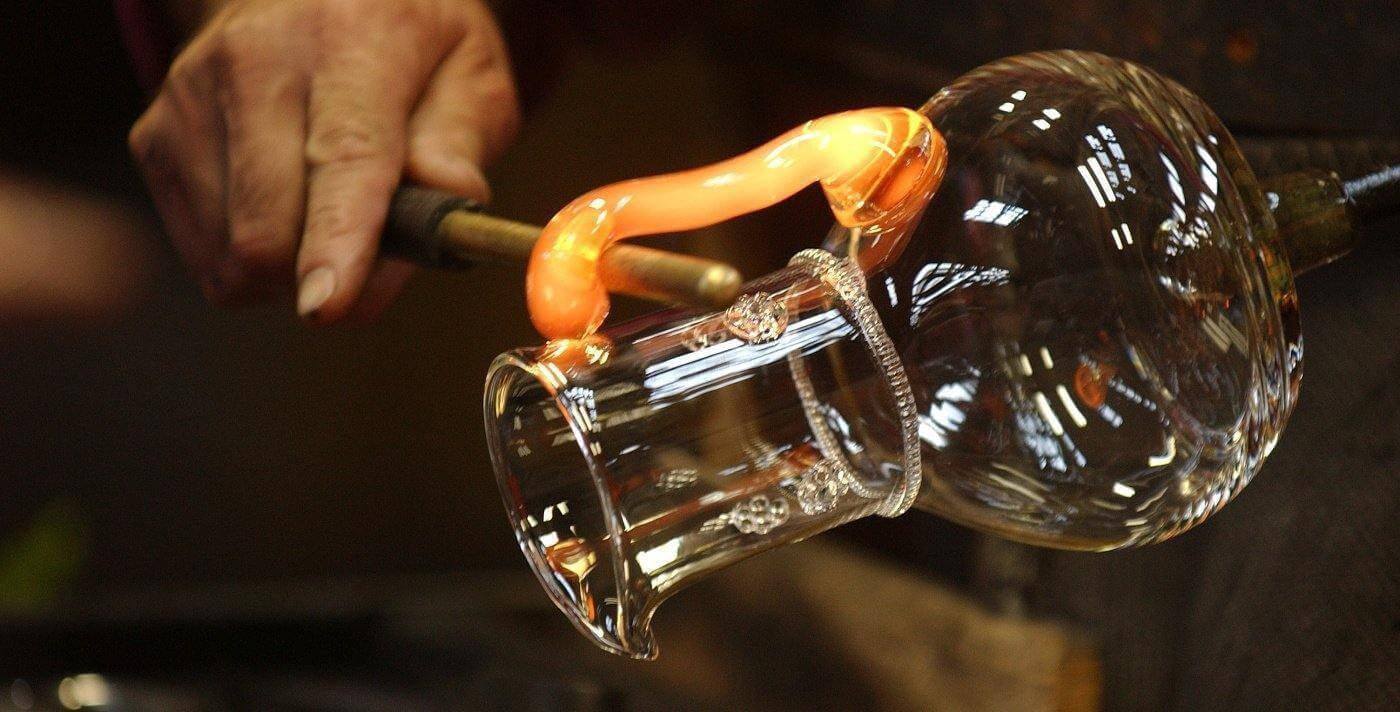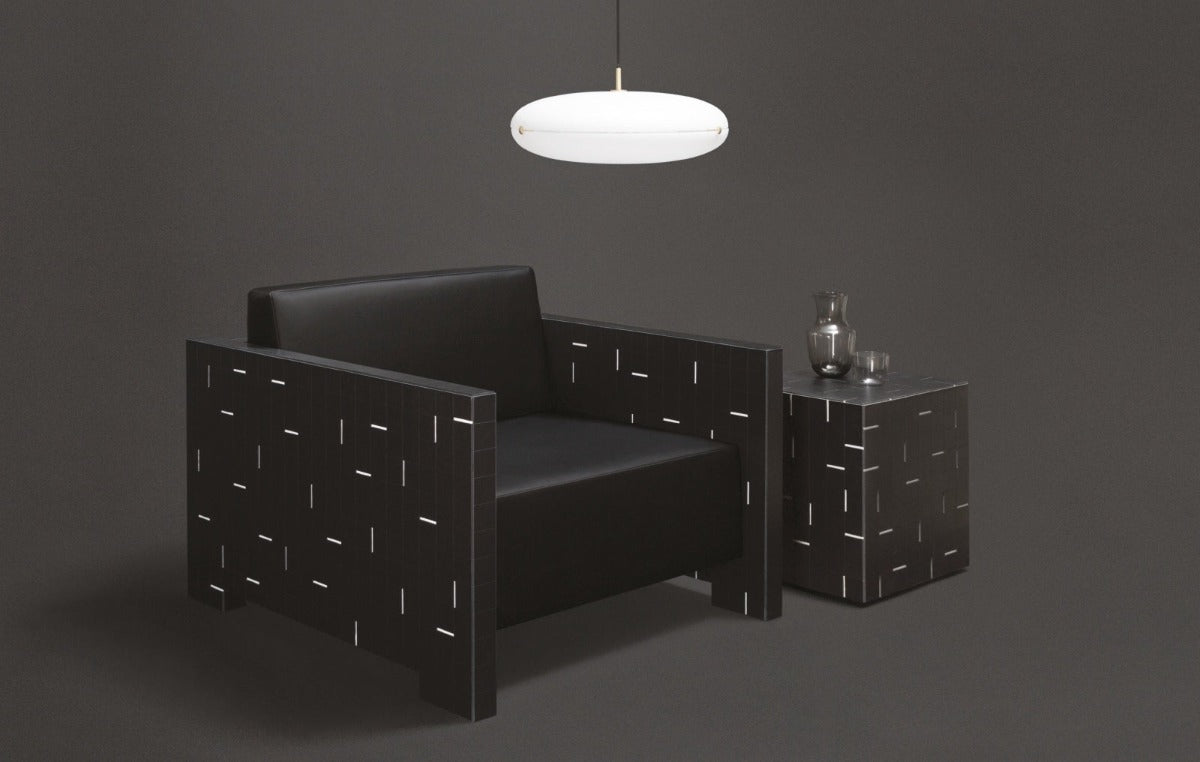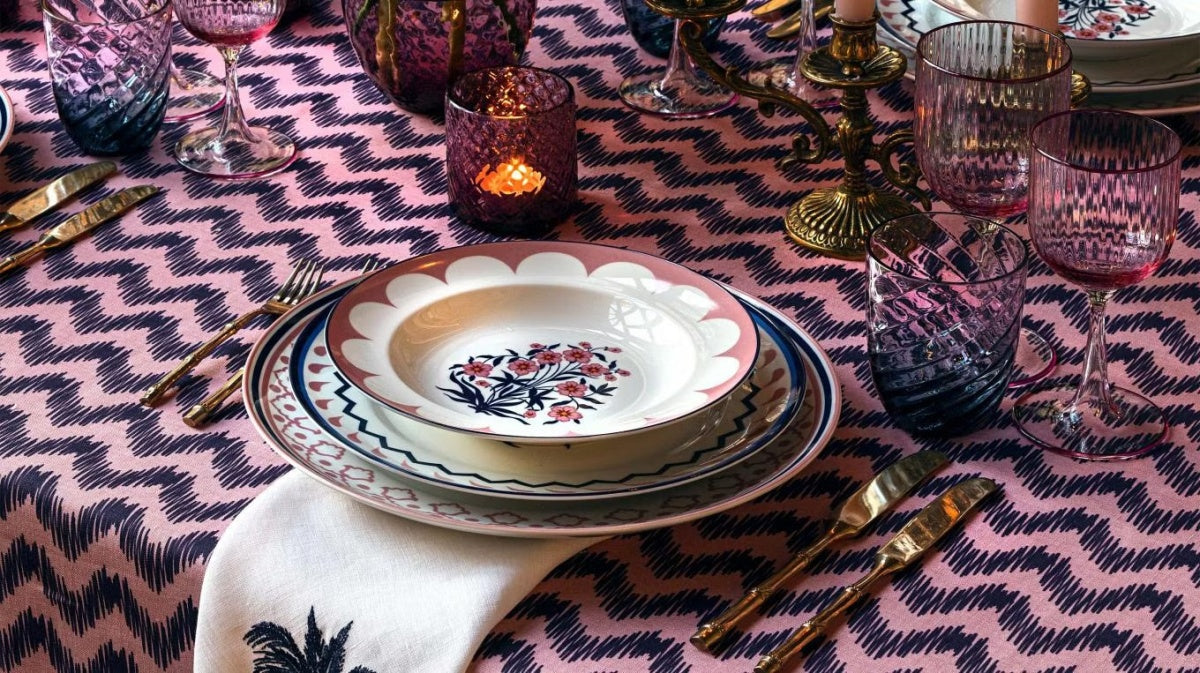
Fragile beauty with a solid tradition - Delve into the secrets of glass production
Glass is undoubtedly a material that surrounds us every day. Whether it is the glass from which we are drinking, the window through which light enters our homes, a table or an ordinary light bulb that we light in the evening. A raw material that we can no longer live without. However, glass products, as we know them today, bring not only utility, but also aesthetic pleasure and even investment potential. The combination of artistic and practical glass creates works comparable to painting or sculpture, which overturn the stereotype in the understanding of glass as such. A shining example is, for example, these glasses or plates by art collector and painter Giovanna Palimodde .
Glass, or rather its production, is one of the oldest and most important discoveries of mankind. However, its very essence has remained the same for millennia. And because it is a material through which history and the present, culture, aesthetics and technology speak to us, it deserves a closer look.
What is a glass log or can it not be done without wood and sand?
The basic raw material for glass production is the so-called glass mold . It is a mixture of raw materials, the most important of which are quartz sand, soda, potash (also called salaja, flus or forest salt) and limestone.
The glass stock is further mixed with other ingredients – dyes, decolorizers and modifiers – depending on the purpose for which the glass is to be used. However, each glassworks has its own unique recipe, which is often closely guarded and passed down from generation to generation.
The glass mixture is then thoroughly ground and mixed. A batch is formed that is ready for melting.
Melting of glass stock
Glass melting is carried out under careful control in special glass furnaces (pan or tub). The melting process is initially slow and takes place in several stages. Since the raw materials only begin to melt at a temperature of 700 to 1200°C, the billet must first be heated to the required temperature - the so-called heating phase. Then, water evaporates, the raw materials decompose and gases escape - the so-called primary melting . In this phase, the glass is relatively rigid, opaque and contains a large number of bubbles that were formed during the decomposition of substances. Perfect mixing of the glass and removal of unwanted bubbles occurs during the so-called clarification . The clarified glass is very thin and must be cooled by approximately 300 to 500°C. This process is called settling .
Glass shaping
The molten glass, also called metallurgical glass, is now ready for further processing. It is shaped into its final form, mainly by blowing, casting, pressing or drawing.
During the shaping process, the glass is constantly cooling down, and because it has low thermal conductivity, there is a significant temperature difference between the surface and the core of the product. Glaziers must therefore work very quickly to prevent the glass from cracking due to stress.
Glass cooling
When the product has the desired shape, it is cooled. It is carried out in special cooling furnaces and can last from several hours to weeks. This is because it is a demanding thermally controlled process. Cooling must not be too rapid so that the glass does not crack, nor too slow so that it does not crystallize. In addition, it is necessary to remove the internal stress that arose during shaping. The product must therefore first be heated to the so-called transformation temperature and only then cooled.
Decorating
This is followed by working with the already cooled glass creation. There are many embellishment and decoration techniques, the most typical of which are grinding, engraving, painting, sandblasting, etching and glazing. There are no limits to imagination.
Together we have looked into the hands of glass masters and now it is time to visit our e-shop, where you can choose from a wide range of drinking glasses and a whole range of glass decorations, vases and much more.







